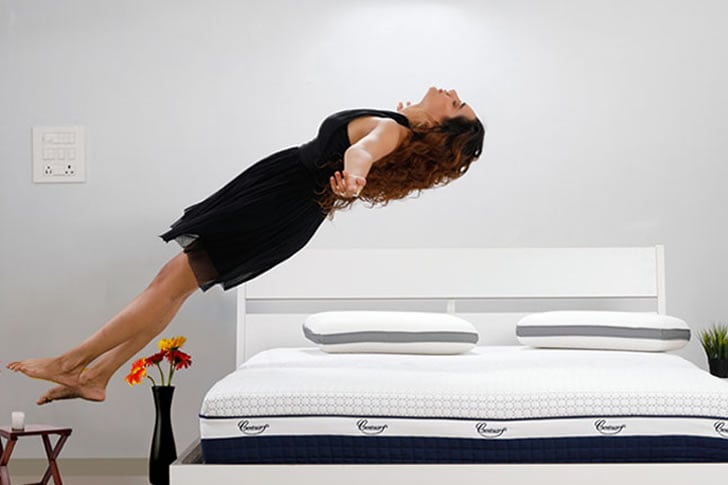Getting a good night’s sleep is crucial for overall health. Here’s how choosing the right mattress can enhance your sleep quality and improve your well-being.

A quality mattress is a cornerstone for good sleep and health. It impacts spinal alignment, sleep duration, and overall comfort, making it essential to choose wisely.
Spinal Alignment
A mattress that's too soft or too firm can misalign your spine, causing pain and discomfort. A medium-firm mattress often provides the right balance of support.
Pressure Points
Mattresses that contour to the body help disperse weight evenly. Memory foam or latex mattresses often excel in reducing pressure points, enhancing comfort.
Temperature Regulation
Some mattresses trap heat, disrupting sleep. Look for mattresses with cooling technologies or breathable materials to maintain a comfortable sleeping temperature.
Motion Isolation
For those sharing a bed, a mattress with good motion isolation prevents you from being disturbed by your partner's movements. Memory foam and hybrid mattresses usually perform well in this category.
Identify your primary sleep position—back, side, or stomach. Back sleepers often benefit from medium-firm mattresses, side sleepers from softer ones, and stomach sleepers from firmer options.
Know the Mattress Types
Consider Allergy Concerns
For allergy sufferers, hypoallergenic mattresses like latex or those with washable covers may be beneficial.
Test Before Buying
If possible, test mattresses in-store or take advantage of trial periods offered by online retailers. Ensure that the trial period is at least 30 days for adequate assessment.
Check for Certifications
Look for certifications such as CertiPUR-US or Oeko-Tex, which ensure that the mattress meets safety and environmental standards.
Regular Cleaning
Vacuum your mattress to remove dust mites, and spot-clean stains with mild detergent. This helps maintain the hygiene of your sleeping environment.
Use a Mattress Protector
A mattress protector shields against spills, allergens, and bed bugs, extending the life of your mattress.
Rotate and Flip
Some mattresses need regular rotation or flipping to prevent sagging and prolong durability. Check the manufacturer’s guidelines.
Address Wear and Tear
Monitor for sagging or broken springs. These can affect your sleep quality and should be addressed promptly, either through mattress repair or replacement.
Waking Up in Pain
Frequent stiffness, aches, or pain upon waking is a sign that your mattress may no longer provide adequate support.
Visible Sagging or Lumps
Obvious signs of wear, such as sagging or lumps, compromise comfort and support, indicating the need for a new mattress.
Increased Allergy Symptoms
If you notice an uptick in allergy symptoms, your mattress may be harboring allergens and dust mites despite regular cleaning.
More than 7-10 Years Old
Mattresses typically have a lifespan of 7-10 years. Even if it appears in good condition, consider replacing it to maintain optimal sleep quality and health.
Pillows
Pillows should support the natural curve of your neck. Memory foam or latex pillows often provide the top support.
Bedding
Choose breathable, hypoallergenic beddings, such as cotton or bamboo, to complement your mattress and improve overall sleep quality.
Adjustable Bases
An adjustable base allows customization of your sleep position, which can alleviate issues like acid reflux, snoring, or back pain.
Investing in a good mattress is an investment in your health. Understand your needs, explore options, and maintain your mattress to enjoy better sleep and overall well-being. Prioritize quality mattresses, and your sleep and health will follow suit. Nurse your investment with care, and you'll reap the benefits for years to come.


